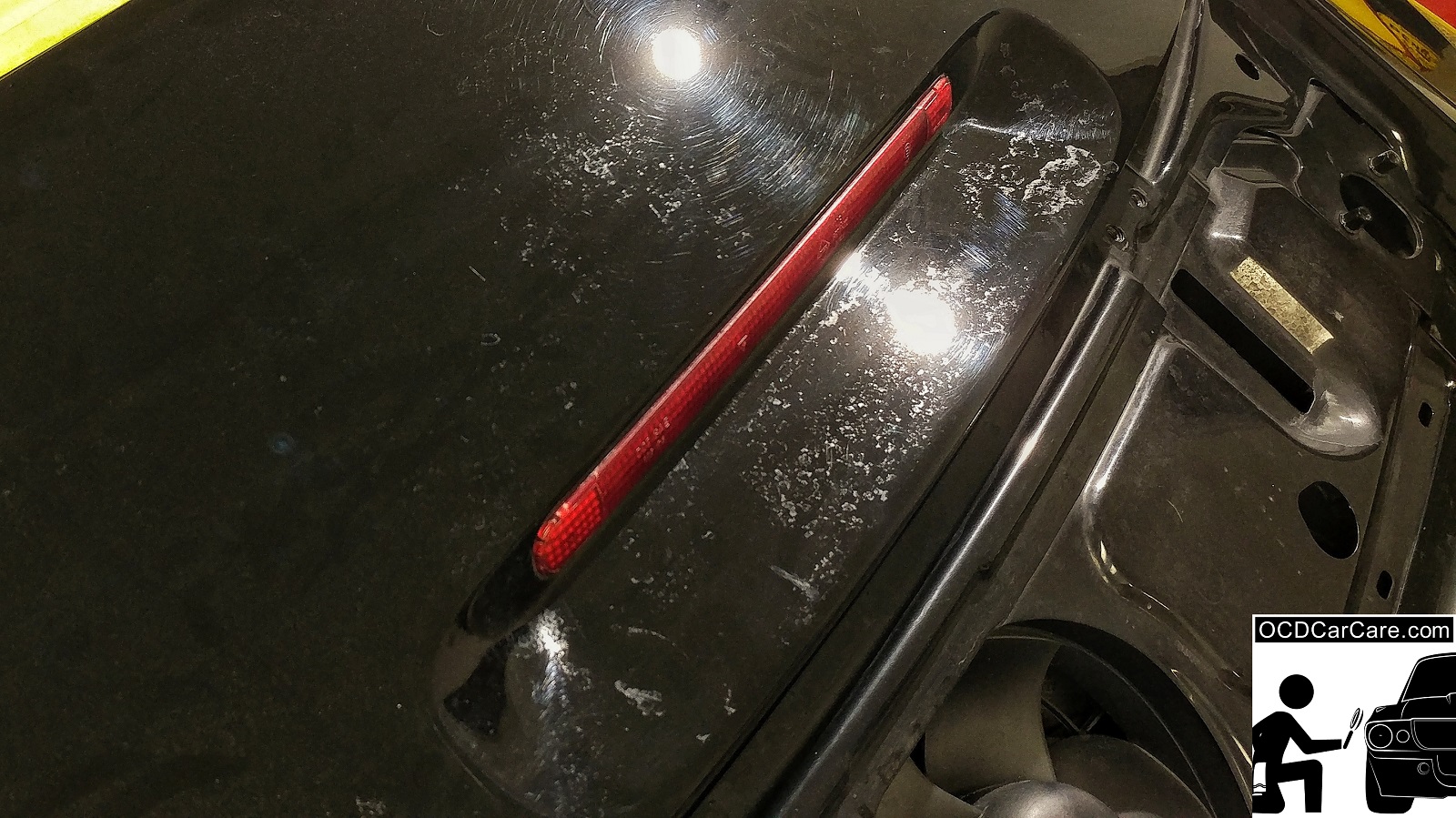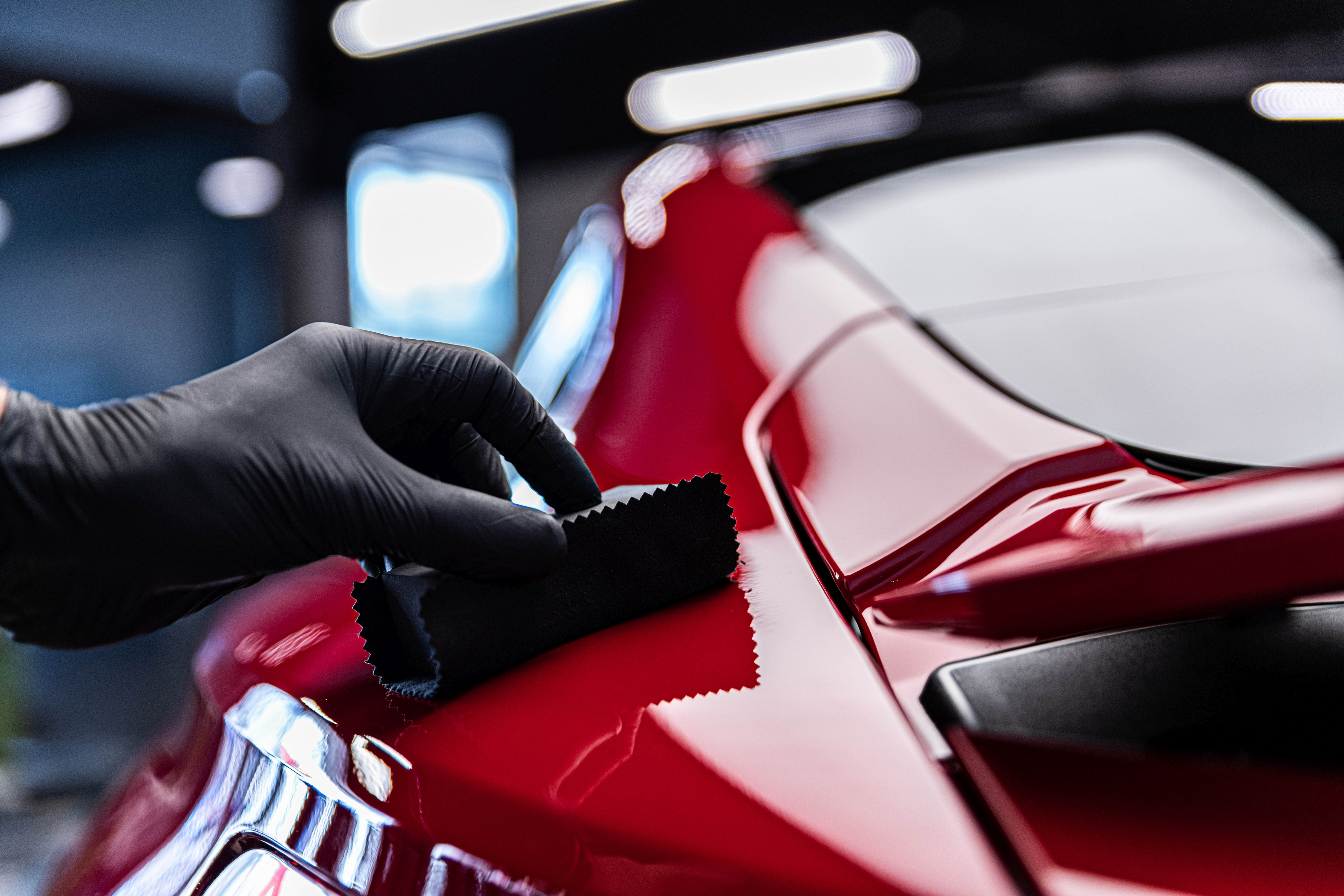Why Drivers Trust Fund Ceramic Coating Philadelphia for Superior Vehicle Care
Why Drivers Trust Fund Ceramic Coating Philadelphia for Superior Vehicle Care
Blog Article
Why Ceramic Finish Is the Ultimate Option for a Flawless Finish
Ceramic finishing has arised as a leading solution for those seeking a perfect surface for their vehicles, thanks to its impressive sturdiness and protective functions. What aspects genuinely set ceramic finishing apart?
What Is Ceramic Covering?

When applied properly, ceramic finish produces a hydrophobic surface that repels water and dirt, making it easier to preserve and cleanse. Unlike standard waxes or sealants, which commonly use temporary protection, ceramic coatings can last for numerous years, relying on the item high quality and application method. The procedure of applying ceramic layer requires careful prep work, consisting of extensive cleansing and occasionally paint improvement, to ensure ideal bonding and performance.
Ceramic coatings are not restricted to vehicle surfaces; they can additionally be utilized on numerous materials, including glass, metal, and plastics, supplying a flexible option for boosting defense. In general, ceramic layer stands for a significant development in surface protection innovation, combining both aesthetic and functional benefits for a variety of applications.
Benefits of Ceramic Finishing
While numerous surface area security alternatives exist, the advantages of ceramic coating stand out as a result of its unique homes and lasting performance. Among the key advantages is its extraordinary durability. Ceramic Coating Philadelphia. Unlike traditional wax or sealers that need constant reapplication, ceramic finishes offer a resilient layer that can last for a number of years, substantially lowering maintenance initiatives
Another remarkable advantage is enhanced protection versus environmental impurities. Ceramic finishings develop a hydrophobic surface area that drives away water, dirt, and numerous pollutants, making it simpler to cleanse. This attribute not only preserves the automobile's look but additionally decreases the danger of corrosion and oxidation, specifically in severe climate conditions.
Additionally, ceramic layers supply exceptional resistance to UV rays, preventing fading and destruction of paint in time. This UV defense is crucial for maintaining the aesthetic worth of automobiles and surface areas revealed to direct sunshine.
Additionally, the shiny coating accomplished with ceramic finishing boosts the general aesthetic allure, offering surface areas a showroom-quality sparkle. On the whole, ceramic coatings represent a substantial development in surface area defense modern technology, providing enduring benefits that satisfy both visual and useful needs.
Just How It Works
Recognizing the scientific research behind ceramic coverings exposes exactly how they supply such exceptional security and long life. At its core, a ceramic finish is a liquid polymer that chemically bonds with the automobile's Get More Information manufacturing facility paint. This bonding develops a safety layer that is both oleophobic and hydrophobic, repelling water, dust, and oil. The key element of the majority of ceramic coatings is silicon dioxide (SiO2), which is stemmed from quartz. This substance adds to the finishing's solidity and resistance to scrapes, UV rays, and ecological pollutants.
The application process includes multiple actions, consisting of surface prep work, which is critical to attaining optimal attachment. Once used, the covering undertakes a curing procedure, during which it sets and develops a semi-permanent bond with the paint surface area. This bond is what distinguishes ceramic coverings from standard waxes and sealants, supplying a longer-lasting safety barrier that can withstand for several years.
Furthermore, the density of the coating can enhance its safety top qualities, making sure that it can stand up to extreme problems. Ultimately, the science of ceramic coverings combines sophisticated materials with innovative application techniques to provide an unrivaled degree of defense and aesthetic enhancement for cars.
Contrast With Standard Methods
When compared to traditional paint protection methods such as waxes and sealers,The advantages of ceramic finishings come to be specifically obvious. While waxes supply a momentary shine, commonly lasting a couple of weeks to a couple of months, ceramic finishes offer a durable safety layer that can withstand for several years. This durability considerably lowers the frequency of reapplication, making ceramic layers a more economical remedy gradually.
Additionally, standard techniques commonly call for comprehensive prep work and numerous applications to accomplish a satisfactory degree of security. On the other hand, ceramic finishes bond at a molecular level with the vehicle's surface, creating a durable guard against ecological contaminants like UV rays, acid rainfall, and road salts. This bond boosts the car's resistance to scratches and swirl marks, which prevail with standard waxes and go to my blog sealants.
In addition, the hydrophobic residential or commercial properties of ceramic layers push back water and dirt, leading to much easier cleaning and maintenance. In comparison, wax and sealant-treated surfaces can attract crud, demanding more frequent cleaning - Ceramic Coating Philadelphia. On the whole, ceramic layers not only provide superior security yet likewise supply a more long-lasting and aesthetically appealing coating, establishing them as the favored selection for discerning lorry owners
Application and Upkeep Tips

Utilizing a foam applicator, apply the finish in tiny areas, adhering to the maker's standards relating to thickness and overlap. Allow enough curing time in between layers, commonly 24 hours, to make certain correct bonding. After application, it is vital to stay clear of direct exposure to water or extreme components for at least a week to permit the finish to totally treat.
For maintenance, clean the car frequently with pH-balanced soaps and stay clear of unpleasant materials. Touchless vehicle laundries are recommended to lessen scratching. Furthermore, using a ceramic maintenance spray can boost the layer's hydrophobic properties and durability. Normal examinations for any indications of wear will certainly assist keep the coating's stability and protect that excellent surface.
Conclusion
In conclusion, ceramic layer arises as a superior alternative for accomplishing a flawless automotive coating. By developing a durable bond with factory paint, ceramic covering properly shields against scratches, UV rays, and ecological impurities.

Report this page